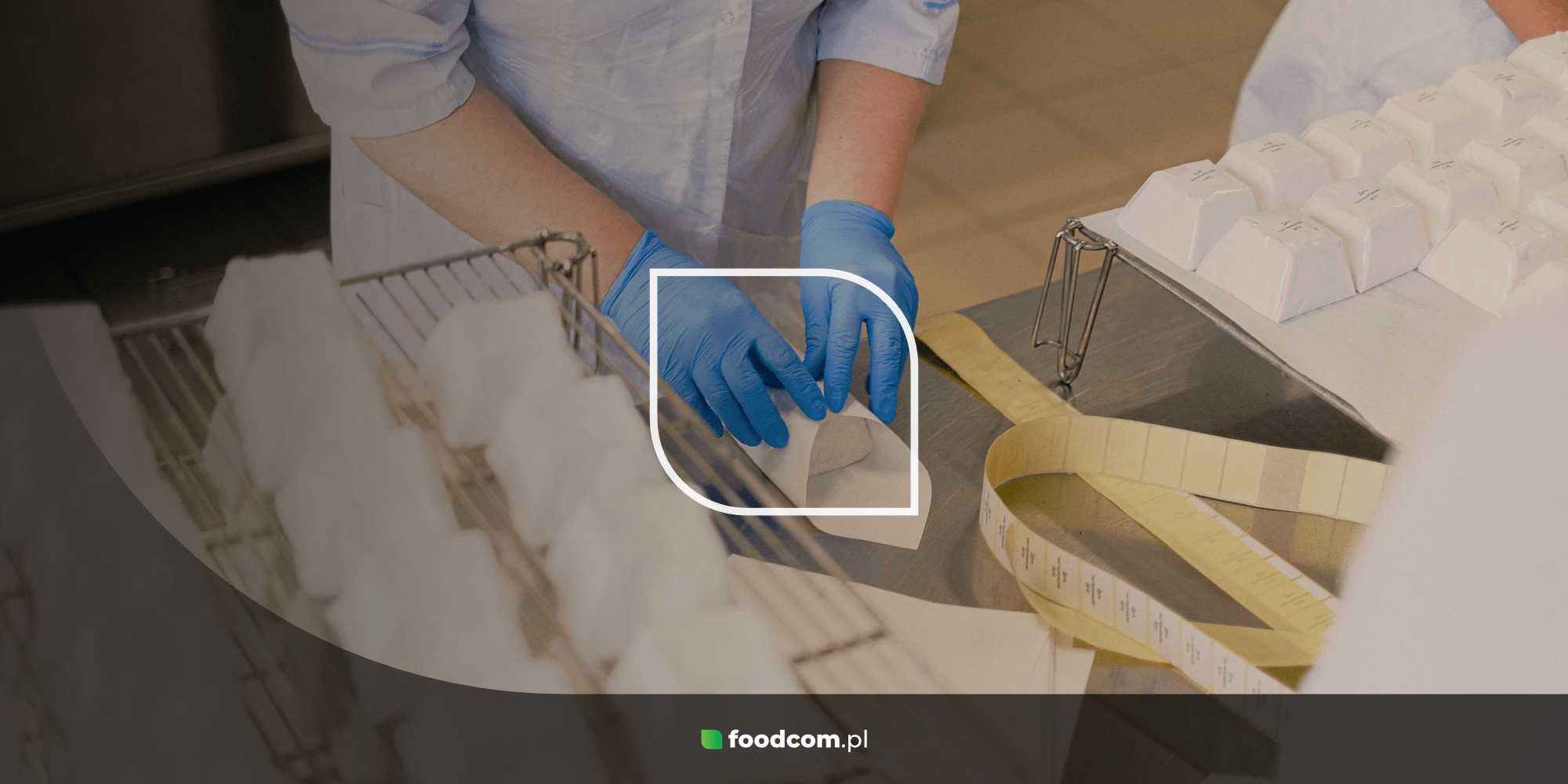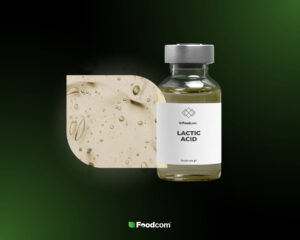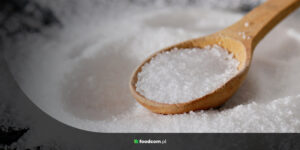- Characteristics of lactic acid: it is an organic chemical compound, occurring in L- and D- isomers, naturally formed during fermentation and in muscles.
- Physicochemical properties: lactic acid is a hygroscopic liquid, well soluble in water, having hydroxyl and carboxyl groups.
- Applications in various industries: used as a preservative in food, in cosmetics as an exfoliator and in medicine as a probiotic.
- Versatile in cosmetics and medicine: moisturizes the skin, removes dead skin, supports the balance of intestinal microflora and vaginal microflora.
What is lactic acid?
Lactic acid (lactic acid) is also known as alpha-hydroxypropanoic acid (2-hydroxypropanoic acid), is an organic chemical compound that exists in two optical isomers: L- and D-lactic acid. It is formed naturally as a byproduct of bacterial fermentation of sugar, cornstarch or dairy whey, as well as in muscles during intense exercise. It is also present in sour milk, where it gets its name. Lactic acid, also designated as E270, is used in various industries such as food, cosmetics and pharmaceuticals.
Properties of lactic acid
Citric acid is a colorless, crystalline chemical compound that dissolves well in water, making it easy to use in various environments. It exhibits chelating properties, making it effective at binding metals, and acidic properties, allowing it to regulate pH. It is also a natural antioxidant, so it helps protect other substances from oxidation.
Physical properties
It is a slightly viscous, colorless liquid with a characteristic acidic taste. It is highly soluble in water, facilitating its wide use in a variety of products, especially those requiring even distribution. It is also soluble in alcohol, making it a versatile raw material for both food and industrial applications. Its melting point is about 153°C, and its density is about 1,665 g/cm³, which gives it suitable characteristics for various technological processes. In addition, it is hygroscopic, meaning that it readily absorbs moisture from its surroundings.
Chemical properties
Chemically, lactic acid belongs to the hydroxy acid (AHA) group, and its chemical formula is C3H6O3. It has both a hydroxyl group (-OH) and a carboxyl group (-COOH), which gives it unique properties and enables a variety of chemical reactions. Lactic acid is optically active and exists in two isomeric forms – L-(+)-lactic acid and D-(-)-lactic acid. These isomers differ in the way they interact with polarized light and have different applications. L-lactic acid is more popular in cosmetic products due to its milder effects, while both forms are used in the food and pharmaceutical industries.
One of the key chemical aspects of lactic acid is its acidity, with a pKa value of 3.86, making it a medium strength acid. This makes lactic acid effective in lowering the pH of aqueous solutions. The chemical reactivity of lactic acid means that it can form esters in the presence of alcohols and lactates in the presence of bases. This allows it to be widely used in the pharmaceutical and food industries, as well as in the production of biodegradable materials such as polylactide (PLA).
Uses of lactic acid
Lactic acid (E270) has many uses. In the food and pharmaceutical industries, it is used in antifreeze, biocides and plasticine, and is present in milk, pickled products, fermented soybeans, beer and meat. As already mentioned, lactic acid is also used in cosmetics – its moisturizing properties allow it to be used as an ingredient in cosmetics for smooth, even and firm skin and to prevent wrinkles.
Lactic acid in food
Lactic acid has a variety of applications in food production, and is one of the most common substances belonging to the category of acids and preservatives. It is mainly used as an agent that acidifies and regulates pH. As a result of lowering the pH index, it preserves food. It is also worth mentioning that it is used as an acidity regulator and then has the designation E-270.
One of the uses of lactic acid in food is in baking, as it is used to sour bread, and when combined with baking soda, it creates a reaction that releases carbon dioxide, which aids in the formation of bread.
Above that, it is also widely used in the dairy industry. It increases the stability and volume of butter, and is also added to dairy products as it speeds up their fermentation process.
Its preservative effect is also very important for other sectors, it is mainly used to preserve fruits, making them easier to process.
Lactic acid is also used in brewing, more specifically during the mashing and boiling process of wort, and what’s more, it improves microbiological stability.
Another interesting property of lactic acid is that it imparts a certain flavor to food. It improves the taste of beer, enhances the flavor of cheeses, gives a pleasant taste to pickles or salad dressings. In addition, due to its acidic nature, it imparts a delicate sour taste to yogurt or various sweets.
It is also worth mentioning that the lactic acid contained in dairy products or fermented vegetables increases the absorption of amino acids and such minerals as iron and calcium.
Lactic acid in medicine
It has found use in a variety of fields, from dermatology to gynecology to sports medicine. Its action makes it a valuable component of many preparations used for treatment and prevention.
In dermatology, it is used as an agent that removes dead skin cells, which promotes skin renewal and improves its condition. For this reason, it is often an ingredient in preparations used to treat corns, calluses and other problems associated with keratinization of the skin. Salicylic acid combined with lactic acid works effectively on hard keratoses, helping to soften and remove them.
The acid has also found use in the treatment and prevention of gastrointestinal diseases. It is a component of many probiotics, which help restore healthy intestinal microflora. Lactic acid bacilli (Lactobacillus) are used to improve the microbial balance in the digestive tract, which is particularly important in the treatment of diarrhea, digestive problems and after antibiotic therapy, which often disrupts the natural intestinal flora. By supporting the digestive system, lactic acid helps improve overall health and strengthens the body’s immunity.
In gynecological medicine we use it to maintain the normal pH and microflora of the vagina, which prevents infections and inflammation. In many intimate hygiene preparations, lactic acid acts as a regulator of the environmental reaction, promoting the maintenance of proper microbial balance, which is crucial for women’s intimate health.
In sports medicine, it is formed naturally as a byproduct of intense exercise when muscles work without sufficient access to oxygen. Although its excess is sometimes the reason for experiencing so-called “soreness,” proper control of its concentration is crucial for optimizing training and muscle recovery after exercise.
Lactic acid in cosmetics
Hydroxy acids, such as lactic acid, play a key role in skin care, offering numerous benefits that contribute to the healthy appearance and condition of the complexion. This valuable cosmetic ingredient is often used for its moisturizing, exfoliating and antibacterial properties, which have positive effects on various skin types.
In low concentrations (1-10%), this acid effectively moisturizes the skin, contributing to its elasticity and softness. That’s why it is a common ingredient in creams, serums and lotions that aim to rebuild the lipid layer and intensively moisturize. Its action is to bind water molecules, which helps maintain the proper level of skin hydration.
In higher concentrations (30-50%), this acid acts as an exfoliator, or exfoliating ingredient. Thanks to its ability to remove dead skin, lactic acid is used in chemical peels and exfoliating preparations. Such action promotes skin regeneration, improves its texture and gives the complexion a healthy color. Regular use of cosmetics with this acid helps smooth fine wrinkles and reduce discoloration, which contributes to a more youthful appearance.
Thanks to its antibacterial effect, this acid is also effective in the care of acne-prone skin. It helps control the growth of bacteria responsible for inflammatory lesions, making it a common ingredient in tonics and creams dedicated to problematic skin. In addition, it regulates the pH level of the skin, which promotes the maintenance of a healthy skin barrier.
Products containing lactic acid are not only creams and scrubs. It can also be found in masks, micellar liquids, toners or emulsions, which take advantage of its gentle yet effective action. Because of its versatility, this acid is an extremely popular ingredient in both home care and professional cosmetic treatments, offering visible results in improving the condition of the skin.
Products containing lactic acid
- Food: yogurts, kefirs, buttermilk, ripened cheeses, sauerkraut, pickled cucumbers, pickled beets.
- Cosmetic: moisturizing and exfoliating creams, chemical facial scrubs, anti-aging cheeses, facial masks, toners for acne-prone skin, micellar lotions, body lotions and emulsions, foot care products.
- Pharmaceutical products and supplements: probiotics containing lactic acid bacteria, intimate hygiene preparations (to maintain proper pH) , dermatological creams (such as for corns or calluses).
Lactic acid as an important ingredient
It plays an important role in many industries, but it is the food and medical ones that seem to have the greatest importance. Lactic acid (lactic acid) not only imparts flavor, but also has preservative properties and aids in the processes of baking bread or brewing beer. It is also indirectly linked to medicine, as dairy products containing lactic acid bacilli serve as a probiotic. Due to its dual concentration, lactic acid also plays a major role in dermatology.
Foodcom S.A. is a partner that understands the versatility and importance of lactic acid in various industries. Our sales support team knows exactly how to support business partners to make transactions fast, safe and efficient, providing the highest quality products. With our experience in the food, cosmetic and medical industries, we know how to provide lactic acid that meets the needs of different customers. We make sure that every stage of cooperation goes smoothly, from ordering to delivery to full customer satisfaction.










